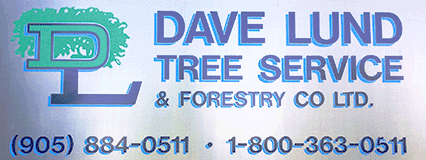
We have all seen a tree slowly dying as it rots. Maybe you’ve witnessed this while walking through the woods, perhaps while picking apples at the local orchard, or (worst of all) right in your own backyard. Wood decay is something that has to be nipped in the bud, early, before it has time to hop from tree to tree.
The most common cause of wood deterioration is the various wood-decay fungi found in nature. There are three varieties: brown rot (a.k.a “dry rot”), soft rot, and white rot. Fungi infect trees and begin to eat away their component materials while the tree is still alive, breaking down and destroying a beautiful tree while altering the surrounding soil content. This is obviously cause for great concern.
Brown Rot
Brown rot has a very specific signature. As it eats through a tree’s hemicellulose and cellulose it produces a noticeable pattern of distorted wood. The affected wood shrinks and shows a brown discoloration. Eventually it begins cracking into rough cubes. This form of rot spreads very rapidly throughout the body of the tree. When you see the signs, the infection is already worse than it looks.

Soft Rot
Soft rot is a different sort of fungi that leaves a pattern somewhat like brown rot but has a slightly different distinction. Soft rot releases an enzyme that breaks down cellulose, but while it is able to survive in more extreme environments than brown or white rot it is a much less aggressive colonizer. As it eats into wood it creates microscopic cavities within the interior of its host, and sometimes this leads to a discoloration and cracking pattern similar to brown rot. While soft rot can be a nuisance in an environment that wouldn’t host brown or white rot, the good news is that it is slower to act and easier to deal with if caught early.
White Rot
White rot rounds out our trio of wood-decay causing fungi. White rot breaks down both lignin and cellulose. This fungi causes the wood to appear to turn white or yellow as it grows soft, stringy, or spongy during the breakdown of its components. It is a more aggressive colonizer than soft rot, and is easy to spot. Both shiitake and oyster mushrooms grow from types of fungi categorized as white rot, though typically the harvest of such treats is rarely worth losing a tree.
Wood decay shows certain telltale signs. If you think you may have some form of rot in the trees on your property, don’t hesitate to call Dave Lund Tree Service & Forestry Co Ltd. at 905-884-0511 for help. We’ll let you know what can be done to stem the growth of fungi and how to protect your other trees and soil

